
Management Reporting
Empower your teams to quickly run ad-hoc and routine reports that can be delivered to leaders in an easy-to-digest-and-dissect format, allowing you to make informed business decisions.

Stay on Top of Business Operations at All Times in Real Time
With software that contains real-time connections to ERP data, management reporting allows business leaders to monitor progress and stay informed. Never make decisions with outdated data again.
Refreshable Reports
With a direct connection to source data, quickly refresh management reports to ensure you work with the latest data.
Pre-Built, Configurable Templates
Get up and running fast with pre-built, configurable reports that allow teams to deliver management reports quickly.
Drill Into Detail
Need more answers to business questions? Dive into the details and pull additional data to support reports.
Easy-to-View Access
View data in the way that works best for your teams and your leadership. Excel or a web-based dashboard – it's your choice.
Commentary and Collaboration
Chat, share, and collaborate to increase productivity and develop a shared understanding of your numbers.
Summary Visualizations
Create data visualizations and reports to present data in a way that is easy to understand for team members in a rush.
Eliminate Stale Reporting
No more making decisions with outdated information. No more back and forth with IT when the reports require technical expertise. Get the data you need when you need it.
Source: 2022 Hanover Research - Operational Reporting Global Trends Report
USE CASES
Management Reporting in Action
Discover how and where you can use management reporting within your organization to enhance financial, operational, and EPM reporting.
Optimize Resource Use and Minimize Costs – With seamless ad hoc management reporting, your finance team can spend less time building custom reports, resulting in more efficient day-to-day financial processes.
Transform Strategic Financial Reporting – Turn lackluster EPM reports into dynamic C-Level insights. Deliver high-quality digital reports and dashboards. Allow finance teams to tell the story behind the numbers with built-in commentary.
Improve Regulatory Version Control – Bring speed, accuracy, and consistency to creating high-frequency, recurring, multi-author reports. Leadership can review and use those reports in regulatory, internal, and external scenarios, keeping reporting consistent.
Uncover Actionable Insights from Enterprise Data – Get critical answers to operational questions straight from your data. Transform complex ERP data into actionable insights presented in everyday business language. Access rich reporting content, cutting-edge business intelligence, and metadata search technology from a single, intuitive user interface.
Increase Reporting Efficiency – Give your team a head start with pre-built content packs, including business views with built-in ERPsmarts and interactive reports, visualizations, and dashboards, making it easier to understand your transactional data. This added intelligence enables your business users to analyze processes at a granular level, horizontally across your entire value chain.
Effectively Respond to Business Problems – Answer critical business questions quickly with the ability to drill down in any report from summary to transaction level. Work with a tool that puts business departments in control of operational reporting because it understands your ERP and connects directly to your source data, supplying up-to-date information for informed decisions.
Improve Stakeholder Communications – Simplify communications with external stakeholders such as investors, regulators, or customers. Share critical information like financial position and performance in a format designed to meet their expectations and requirements, to effectively tell the story behind your numbers.
Risk Management – Scenario planning can be used to anticipate and manage risks, such as changes in regulations, shifts in consumer preferences, or economic downturns. By identifying risks and developing contingency plans, businesses can minimize their exposure to potential losses and maintain continuity of operations.
Improve Financial Transparency – With the ability to update your executive dashboards in real time and reports that can be issued in just minutes, board report software can help you keep your financial data timely and accurate, as well as available for everyone to see at all times.
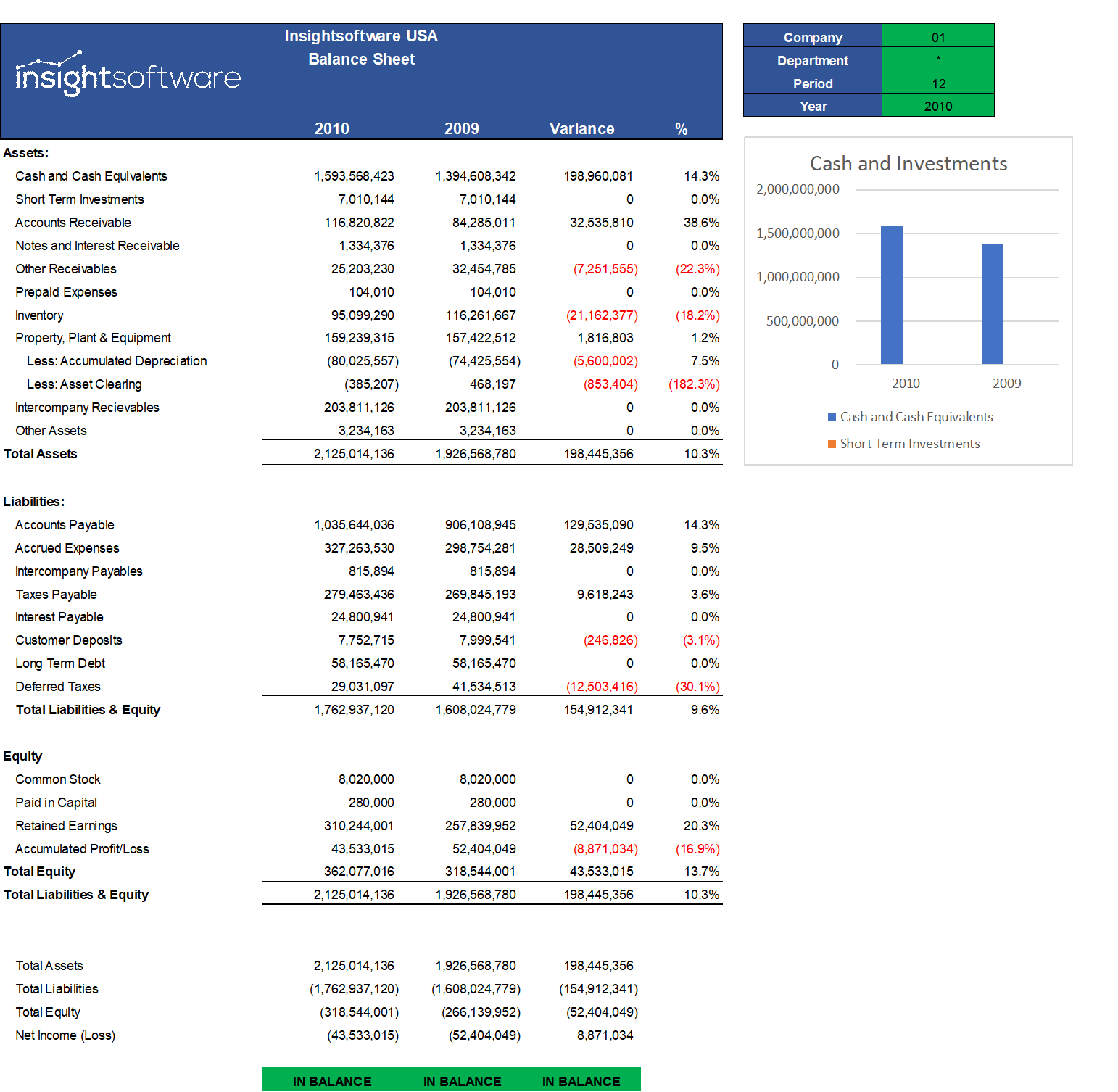
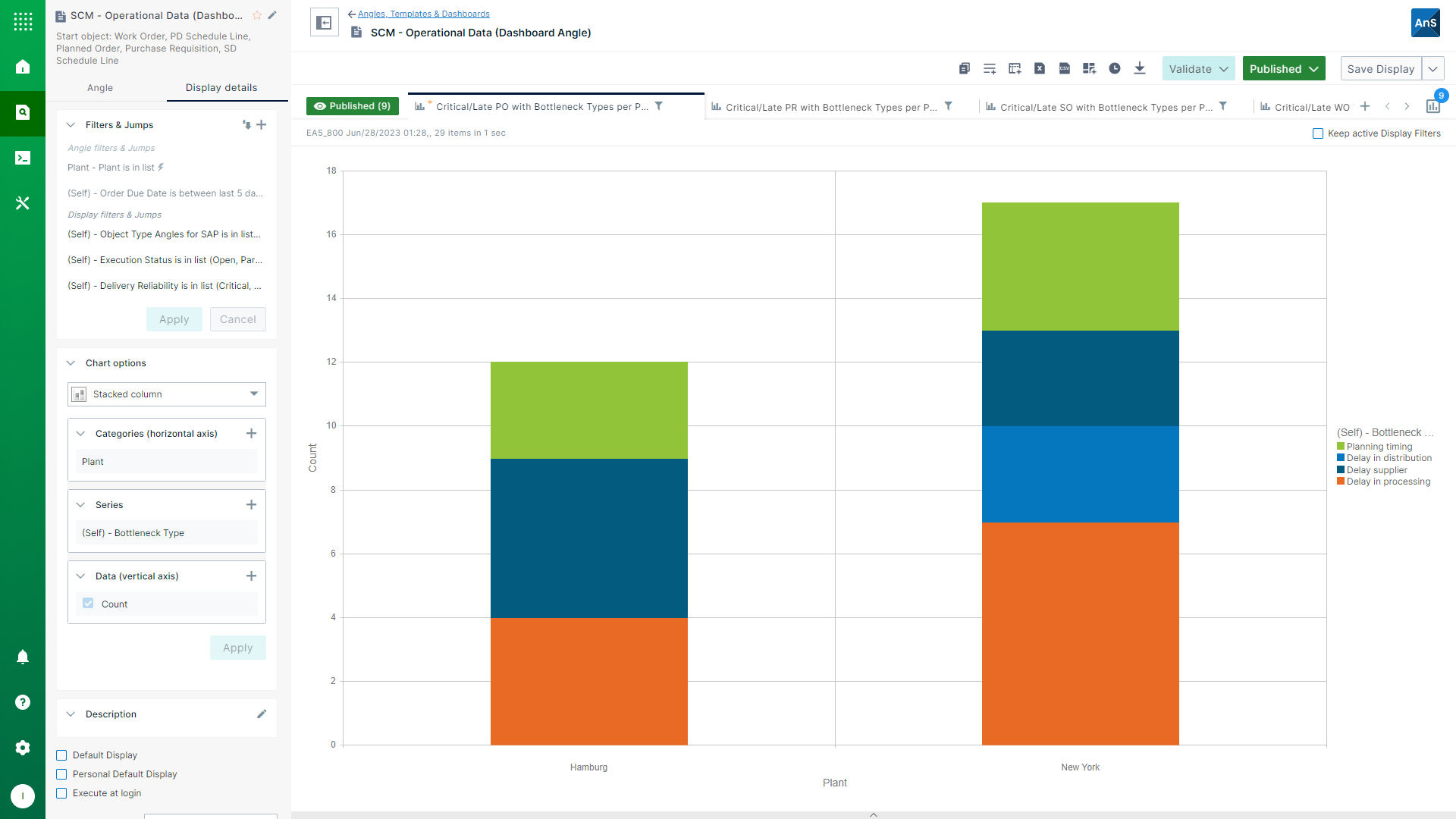
Find Answers to What Keeps You Up at Night
You’re looking for a sign to point you in the right direction for that vital business decision, but the answer is usually in your organizational data. Take control of business planning with built-in management reporting in easy-to-use financial and reporting software and sleep easy at night know you’re working with accurate data.
Connect with Us
Reduce IT Hours and Expensive Outsourcing
When your teams rely on a technical expert with deep knowledge of source system data structures to create your reports, those hours and are expensive. Enabling your team with a self-service reporting tool gives you easy access to management reporting that makes sense and reduces the cost of custom report production.
Connect with Us
Bring Your Financial Story to Life
Finance teams no longer need to recreate reports from scratch due to inflexible layouts. With dynamic management reporting they can quickly meet reporting requirements. Collaboration and live chat features allow you to capture insights from multiple stakeholders then share one version securely with others on your leadership team.
Connect with UsProducts
Management Reporting Directly from Your Source Systems
Whether your reports are being generated for internal or external use, insightsoftware's options to connect to different ERPs and data sources means we have a solution to meet your needs.

Angles Enterprise for Oracle
Angles Enterprise for Oracle unlocks powerful insights in your chosen BI tool. 1,800 pre-built, no-code business reports deliver actionable insights.
- Enable automatic extraction of data from production Oracle EBS or OCA
- Blend data for business analytics across multiple Oracle ERPs and data sources
- Leverage rich reporting content, cutting-edge BI, and metadata search technology

Angles Enterprise for SAP
Angles Enterprise for SAP transforms critical operational data into actionable insights, with 600+ calculated fields enriching your supply chain data.
- Enable automatic extraction of data from ECC or S/4HANA instances
- Identify and fix supply chain bottlenecks
- Free up IT resources from custom report development
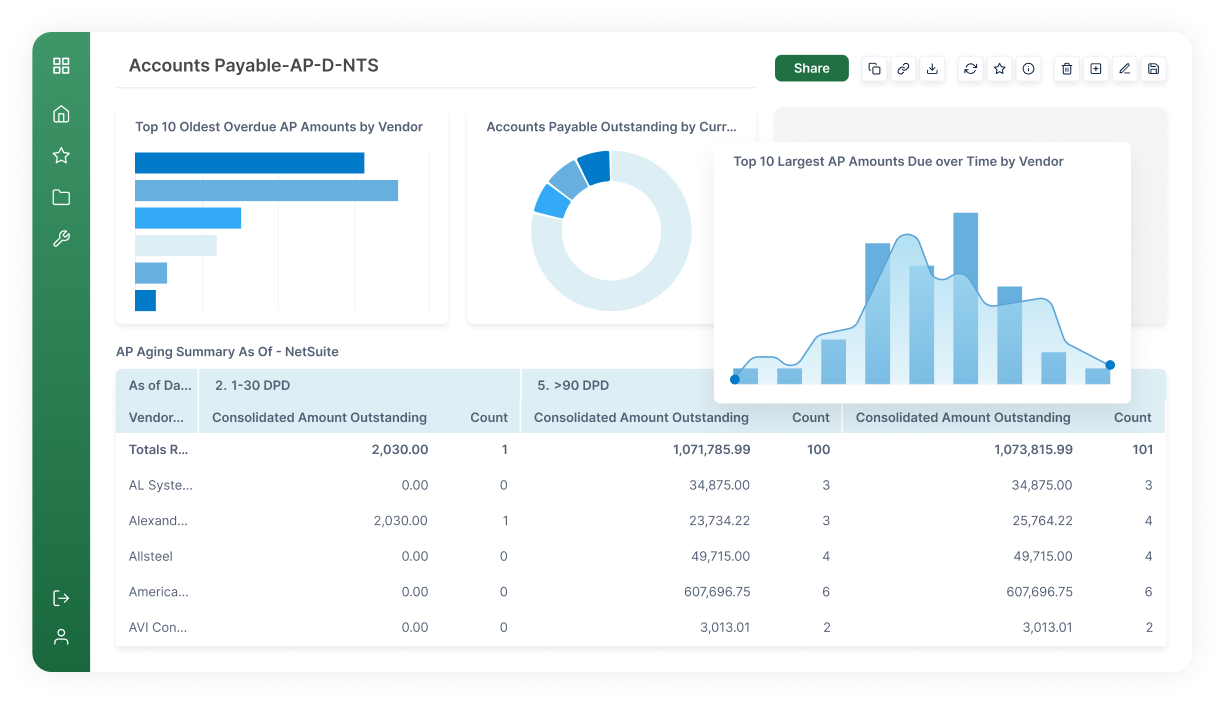
Angles Professional
Angles Professional streamlines the creation and distribution of operational insights with pre-built content for Deltek, NetSuite, Oracle EBS/Fusion Cloud ERP.
- Meet the growing need for operational insights with a ready-to-go solution
- Present operational data in an easy-to-understand format
- Tame ERP complexity and get on the fast track to actionable insights
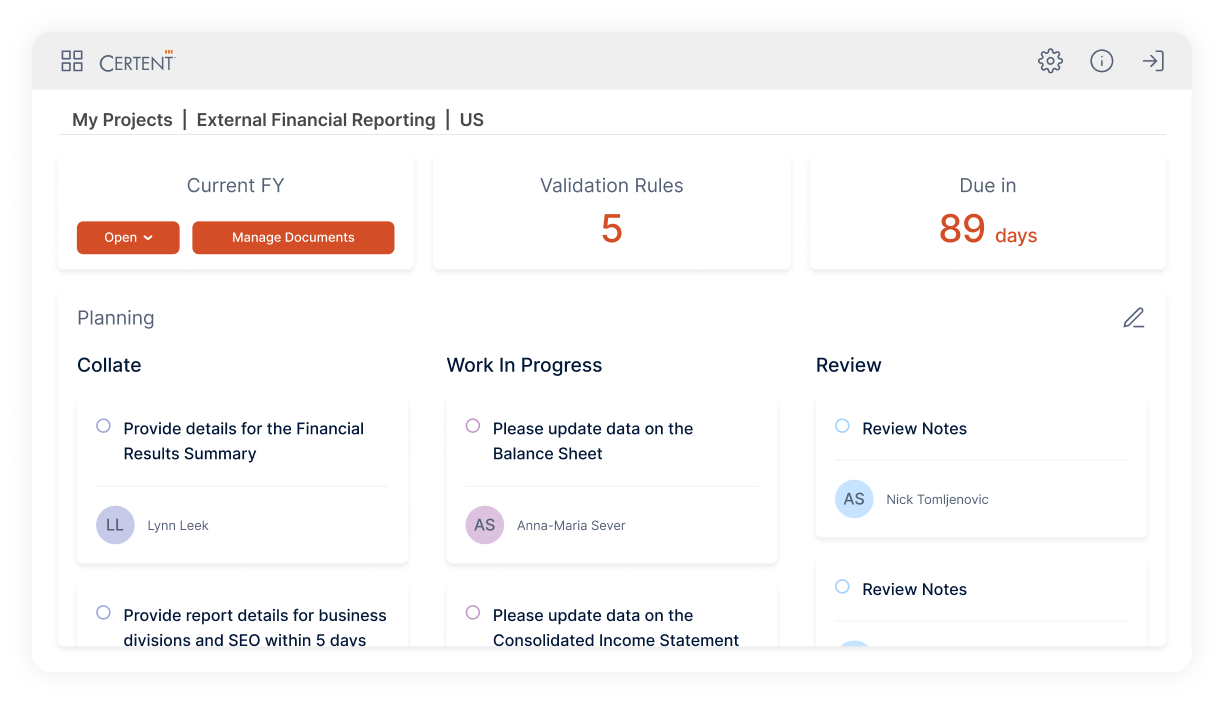
Certent Disclosure Management
Certent Disclosure Management is an all-in-one system built on Microsoft Office for external regulatory reporting and internal narrative report creation.
- Half the time spent creating internal and external narrative reports
- Increase confidence with bulletproof accuracy, even with late changes
- Ensure every report is always in perfect alignment with seamless integration

CXO
CXO offers web-based reporting for OLAP cubes. Connectivity with all market leading EPM solutions, enables users to create digital reports and dashboards.
- Deliver high-quality digital reports and dashboards
- Speed up reporting cycles to meet the needs of C-level executives
- Encourage collaboration and engagement to capture insights from all stakeholders
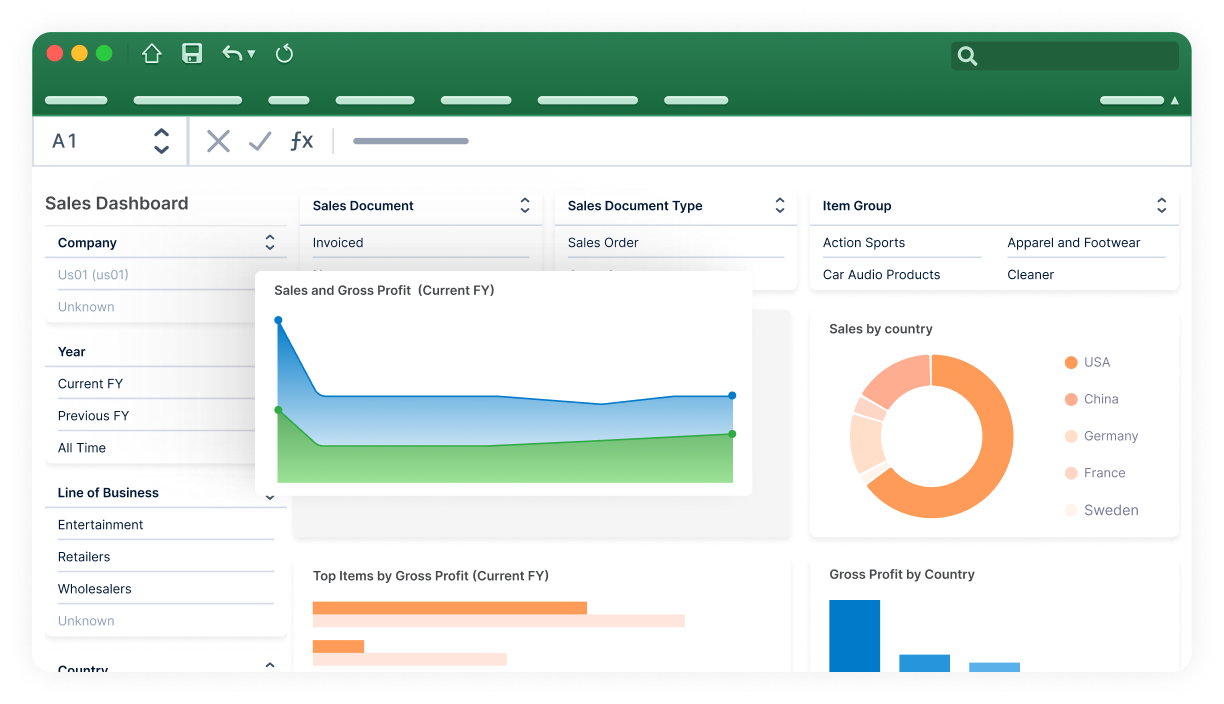
Jet Reports
Jet Reports offers flexible reporting in Excel and on the web. It allows non-technical users to build reports and dashboards.
- Pull live ERP data into Excel
- Leverage real-time data
- Create accessible self-serve custom reports
- Automate data prep & formatting

Logi Symphony
Logi Symphony is modern BI software that allows software vendors and enterprises to augment any application with AI-infused analytics
- Tailored User Experience
- Intuitive Dashboard and Report Design
- Superior Embeddability
- Highly Scalable

Spreadsheet Server
Spreadsheet Server is easy to install and delivers fast time to value. It automates custom reports with drill-down to transactional data.
- Empower finance to create the custom reports your organization needs—without relying on IT
- Close your books faster with the ability to drill down deep into the data behind your numbers
- Connect multiple data sources with no staging area or data warehouse required

Wands for Oracle
Wands for Oracle has integrated ERPsmarts that understand your users, responsibilities, security, FlrexFields, full chart of accounts, and drill-down paths.
- Connect directly to your ERP data
- Drill down into detail for analysis
- Distribute reports automatically
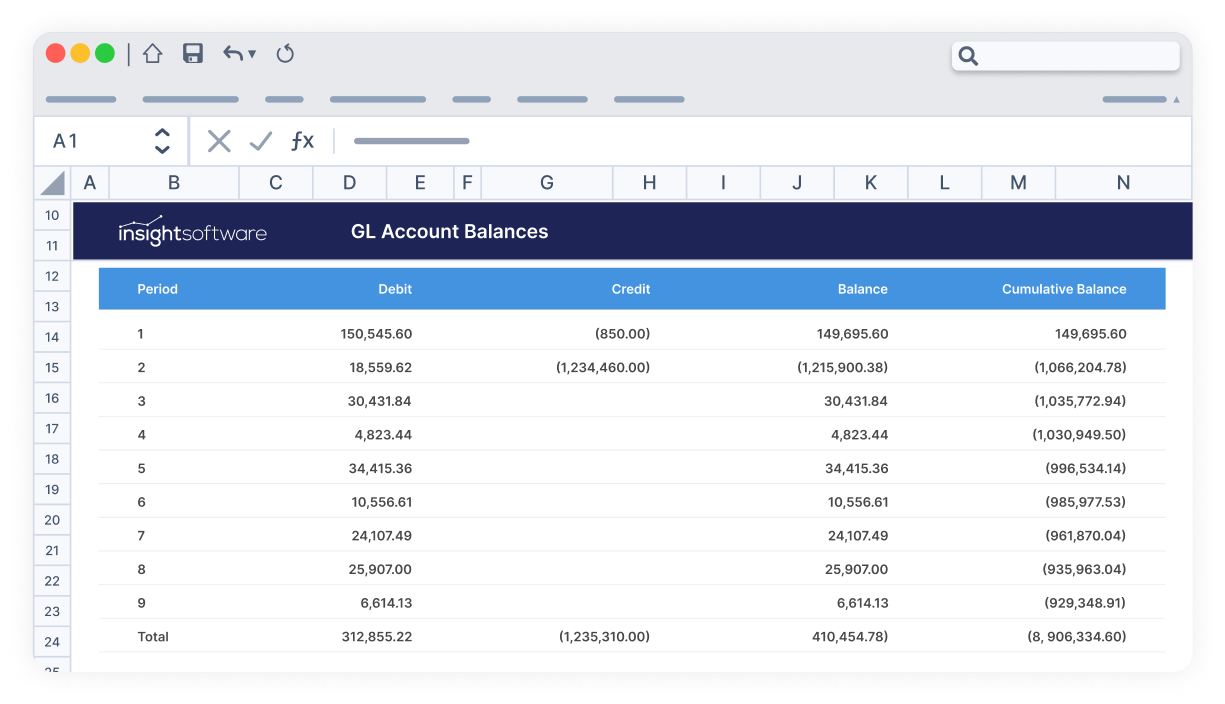
Wands for SAP
Wands for SAP delivers custom, refreshable, and drillable reports in minutes, with deep, built-in. SAP knowledge and financial intelligence.
- Create refreshable, drillable ad hoc reports
- Retrieve in real-time your ECC or S/4HANA ERP data
- Reproduce and share report templates quickly
Feature FAQ
Management reporting enables an organization’s leadership to identify, track, and assess the key performance indicators (KPIs) to measure performance against organizational goals. Compared to financial reporting, management reporting offers better visibility into your company’s performance and financial health—not just as a whole, but also across individual departments. Management reporting and analysis can provide greater depth of insights, including the ability to segment and analyze data according to a wide range of criteria and filters.
Similarly, the data featured in these reports is more specific to a company’s operations. Instead of general accounting data used to represent the company’s financial health, management reporting makes use of key performance indicators, including metrics used to assess a company’s return on investment (ROI).
Management reporting helps organizations gain insights into their performance and identify areas where they are performing well and areas where they need to improve. With the critical information provided, decision-makers are enabled to make informed decisions more quickly. Management reports also enable management to identify trends, patterns, and opportunities that can be leveraged to improve the organization’s performance.
Compared to financial reporting, management reporting offers better visibility into your company’s performance and financial health—not just as a whole, but also across individual departments. Management reporting and analysis can provide greater depth of insights, including the ability to segment and analyze data according to a wide range of criteria and filters.
Similarly, the data featured in these reports is more specific to a company’s operations. Instead of general accounting data used to represent the company’s financial health, management reporting makes use of key performance indicators, including metrics used to assess a company’s return on investment (ROI).
Management reporting provides operations leaders with critical information that can help them make informed decisions about IT strategy, resource allocation, and project prioritization:
- Improves efficiency: Management reporting enables IT/ operations departments to identify areas of inefficiency and take corrective action, leading to improved productivity and cost savings.
- Enables resource allocation: Management reporting enables IT/ operations departments to allocate resources effectively, ensuring that resources are aligned with the organization’s strategic objectives.
- Facilitates risk management: Management reporting provides leaders with information on potential risks and vulnerabilities, enabling them to take appropriate measures to mitigate risks and ensure business continuity.
- Supports compliance: Management reporting enables departments to comply with regulatory requirements and industry standards by providing a way to monitor and report on IT performance.
For financial and operational reporting, direct access to the underlying source system is critical to ensure business users always have access to the latest information to address day-to-day decision-making. The reporting system should come pre-configured with a business view over the top of the source system. These business views ensure a short time to value and de-risk the implementation as the hard work of linking together potentially thousands of database tables has been done for you.
The ability to drill down from summary to detailed transaction data is another critical capability to enable users to get to the root cause of any issues they are investigating.
The system should also be easy to use and require minimal training. For some users, working in Excel, a tool they already know and love, is ideal; others may prefer an intuitive, drag-and-drop web interface.